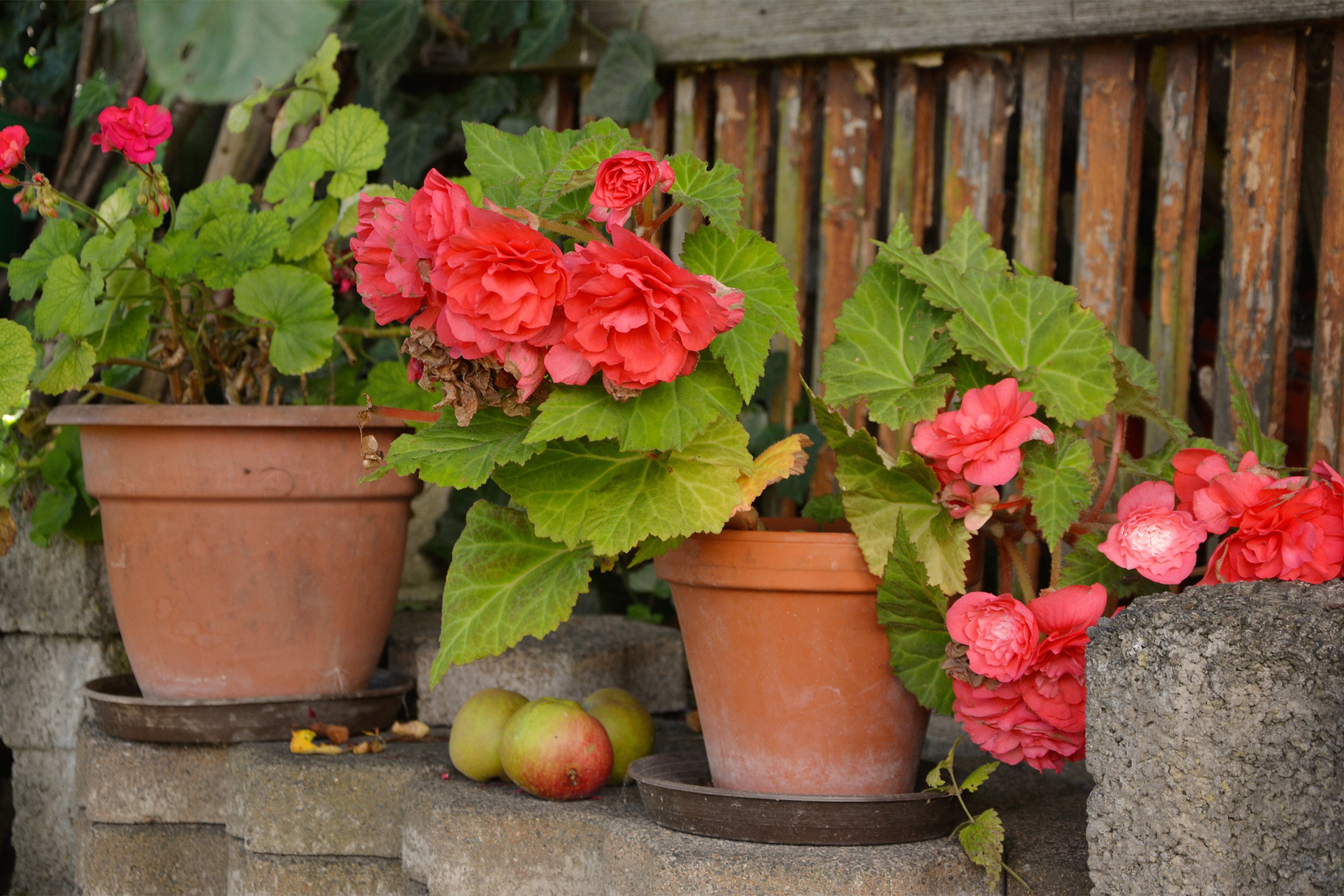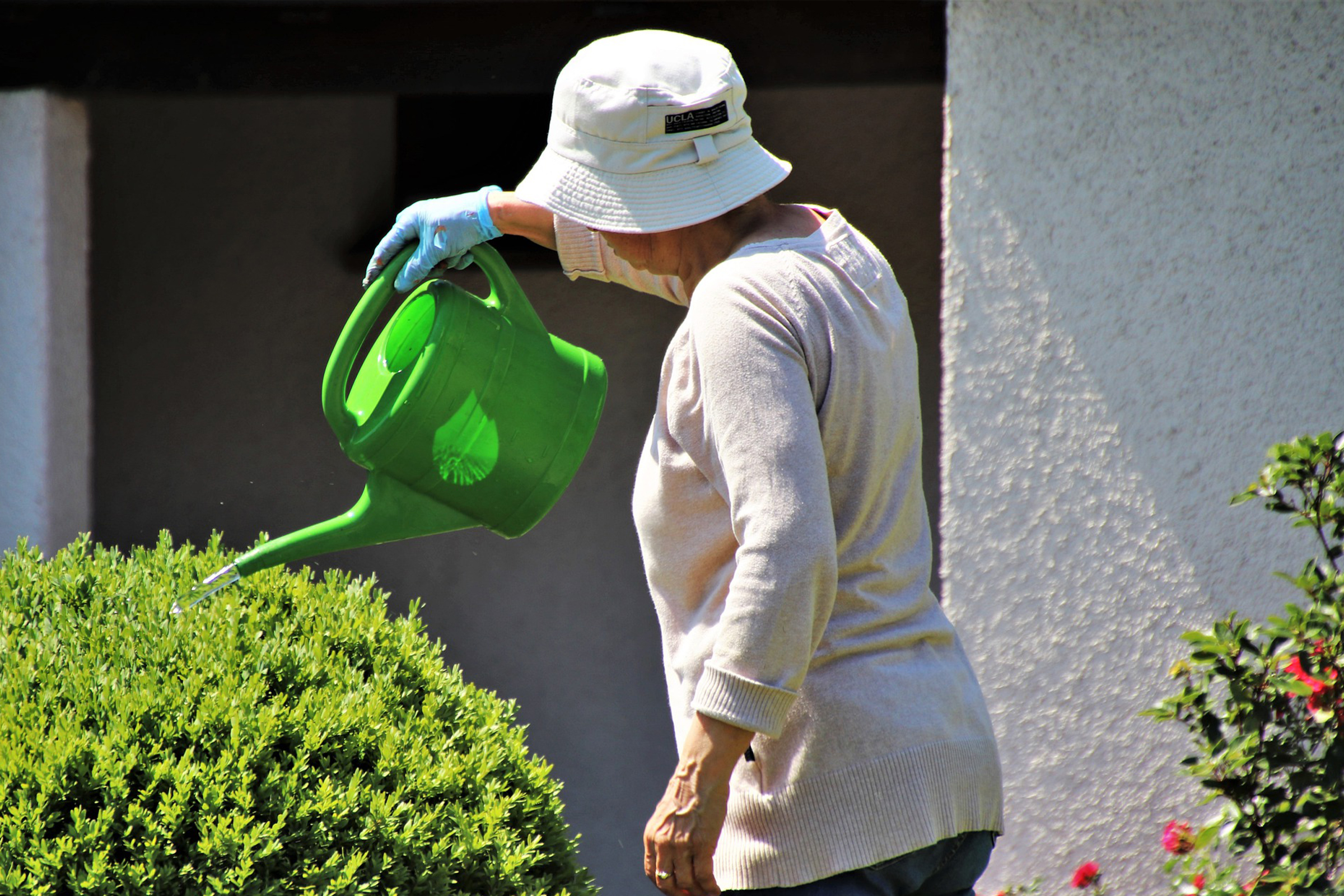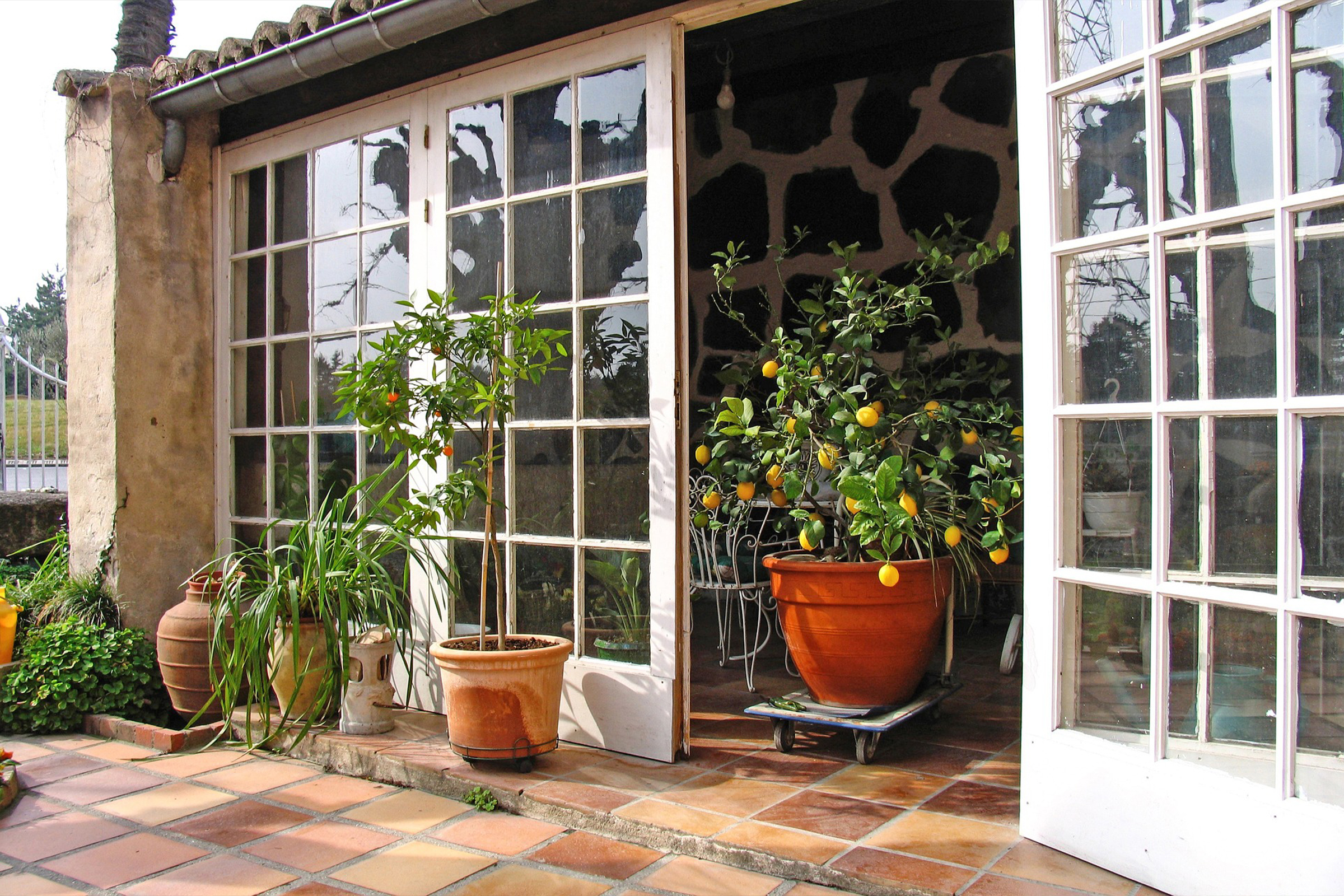Blog

Ask Dr. Phipps: Balcony Oasis
Have a question about your perennials, houseplants or turf grass? Worried about pests in the garden, hydrangeas that won't bloom, or tomatoes that died on the vine? Dr. Phipps can help! Ask Dr. Phipps is a free service provided by Phipps Master Gardeners. Contact us with your questions and you may be featured in an upcoming blog post!
Q: I have two balconies and a back deck on which I would like to include some plants in containers. We have room for trees and shrubs as well as other flowering plants. Can you give me some advice in order to get started?
A: As you begin to plan out your balcony and deck space here are some important considerations that will help you get started.
1) GROWING CONDITIONS – Spend some time on each balcony and on the back deck. How many hours of sunlight does each location receive. Is it dappled shade with specks of sunlight or a harsh, hot full-sun area? Select plants that will do well in the conditions that you find for each space.
2) MATURE SIZE – Plan for the mature size of all of the plants that you select. Make sure that the plants will not outgrow or over crowd the space. Look for information about the mature width and height of the plants that you are considering. And think about how much space you want to leave for a walkway and seating. Some plants will come in dwarf varieties or sizes and shapes better suited to container culture. Nursery staff will be able to recommend good varieties.

3) FOUR SEASON INTEREST – You may want at least a few /shrubs/trees on each balcony that can provide 4 season interest. Evergreens or semi-evergreens can do this. Shrubs or trees that have interesting bark in the winter can also provide this. You may also like perennial or annual plants that have interesting seed heads that last through the winter and provide food for birds. It is nice to have plants that flower at different times so you can have an ongoing 'show' during the spring, summer, and fall. A small tree that flowers in the middle of winter in our planting zone is witchhazel.
4) DIFFERENT TEXTURES, COLORS, AND LEAF SIZES – When grouping plants you want to provide pleasing visual interest. Try to have some broadleaf varieties next to small leaf plants. Punches of color help to bring everything to another level. Even if you plant several plants in the same container, you want to make sure you have different textures and leaf sizes.

5) DIFFERENT HEIGHTS – This can be accomplished through the selection of different growth habits of plants as well as the use of different sized containers. One of the mistakes people often make is buying containers that really are not large enough - both in height and diameter. Remember that your plants need room to grow their roots.
If you choose to plant several plants in the same container, a rule of thumb is "Thrill, Fill, Spill." This means there is more visual appeal if you have something taller in the center or back surrounded by a "filler" plant that fills in spaces and then a plant that "spills" over the sides to extend the vertical interest of the container.
6) ANNUALS – This is your best bet for providing pops of color that will last all summer.

7) WATER – Before planning a container garden for your balcony, make sure that you have outside spigots at that area or other access to water and a plan for watering your plants. The soil in pots can dry out much more quickly than soil in the ground and will need to be watered more frequently. Larger pots that hold more soil will hold more water, but may not be appropriate to all of your planting. You may want to consider setting up a drip irrigation system for your containers. Read more here.
8) WEIGHT – Be sure that the number and type of plants aren’t too heavy for the balcony space. Large pots full of tress, soil and water can be quite heavy.

